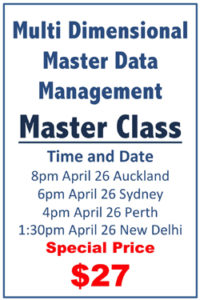Click here if you would like to view a VIDEO version of the post.
Challenges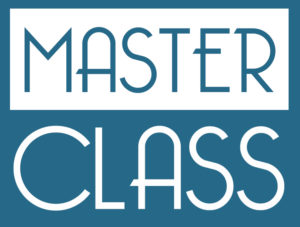
So what structure is it going to take? Well, we’re going to open up by looking at the challenges that MDM faces out there in the real world.Challenges, of course, give rise to issues.
Issues
What are these issues? We will through these so as that we can now know what is it we have to face. What is it that Master Data Management ought to be achieving for the business?
Case Study
Then we’re going to work through a case study of a project I carried out for a cider brewing company in the UK. This was a fascinating project because it took me step by step through having to address all of the issues (and find resolutions for all these issues) for all of the master data entities of Party, (so customer, supplier, agent, etc.) and for all types of Product, which was quite amazing. It was a fantastic opportunity to cover the full range of products that any single company could have presented you with.
Then Location, again a unique view of location that showed the impact of location on things like customer profitability and even customer identification.
Finally, there was Asset, which couldn’t be ignored from the operational side of the business because the Asset actually impinged hugely on the profitability of Products.
That was a really great work, a challenge I was able to face and work through. As an outcome of that work, I was able to develop a process that gives me a structured approach to each MDM project that I come to. That’s what I’ll share at the master class. I’ll take you step by step through this process, and you’ll be able to take it back and use it in any enterprise of any type of any size.
Q & A
Then after that, we’ll have a question and answer session where you can ask any question you wish about anything that happened in the Master Class or anything else that you want to know about Master Data Management in your organisation or as a whole.
Online Course
Then finally I’d like to quickly talk about my Multi-Dimensional Master Data Management Online Course, which I’m going to be making available at a very special price to all of the attendees of the master class.
I’ll also talk briefly, though I haven’t worked out the final details yet, about an MDM Academy that I’m thinking of setting up. I’ll ask you for some feedback on that to see how we might proceed.
Still Places Available
If you haven’t yet enrolled in the Master Class, there are still places available. I’d love to see you there.
Below are details of the two sessions. Click here to go to the IMM Store, where you can select the session that better suits your time zone.
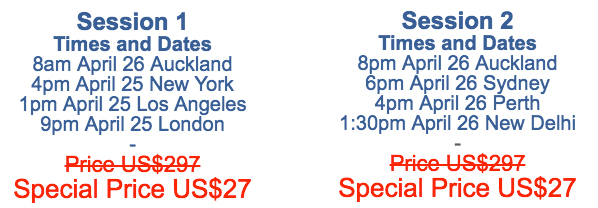
I really look forward to seeing you at the master class and connecting with you there in the question answer session and sharing some amazing information with you.
Share The LOVE
Please share this link with any friend or colleague you know who want to take their MDM knowledge and understanding to a whole new level.
This Master Class is ideal for business people and MDM specialists alike.

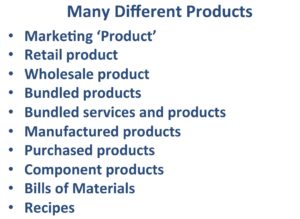




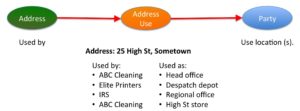
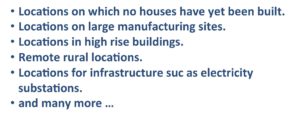
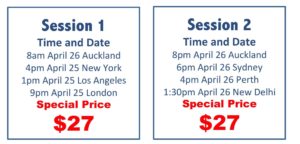
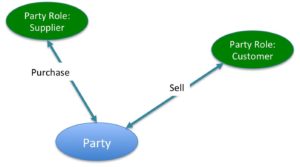
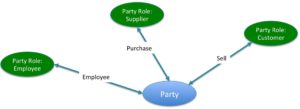
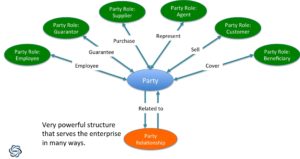
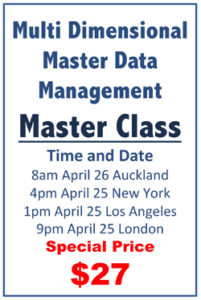 Master Data Management that I will be running on April 26 2017.
Master Data Management that I will be running on April 26 2017.